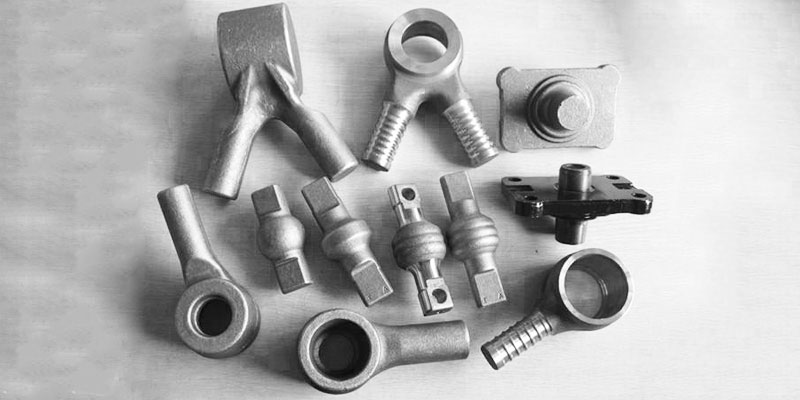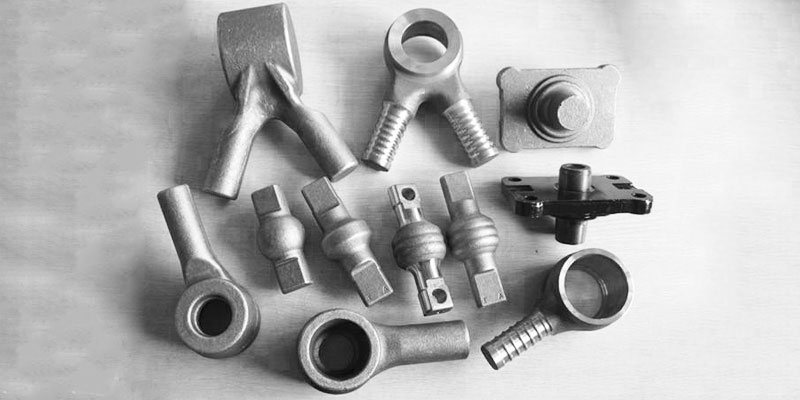- Contact Innally, Let you purchase forgings in China more favorable prices, products more assured!
- Hotline:+(86)15038323776 Email:innally@innally.com
What is motorcycle link forging?
- Category: Motorcycle forging, Steel forgings
- |
- Date: 21/08/2023
Motorcycle connecting rod forging is one of the important parts of motorcycle engine, which is responsible for the key function of transforming the rotating motion of crankshaft into the up and down reciprocating motion of piston. It is usually made of high strength alloy steel material by hot forging process.
- Can be customized according to the specific model
Product Details
Motorcycle connecting rod forging is one of the important parts of motorcycle engine, which is responsible for the key function of transforming the rotating motion of crankshaft into the up and down reciprocating motion of piston. It is usually made of high strength alloy steel material by hot forging process.
Motorcycle connecting rod forgings play an important role in connecting the crankshaft and piston in the engine. Through the connection with the crankshaft, the rotating motion of the crankshaft is transmitted to the connecting rod head, so as to drive the connecting rod body to connect with the piston, forming an up and down reciprocating movement in the cylinder. This conversion of motion allows the engine to efficiently convert the energy generated by combustion into a driving force that propels the motorcycle forward.

Many factors need to be considered in the design and manufacture of motorcycle connecting rod forgings. The first is the choice of materials, connecting rod forgings are usually made of high-strength alloy steel materials, such as 40Cr, 42CrMo, etc., to provide enough strength and toughness to cope with high-speed rotation and high pressure working environment. The second is the process design, including the geometry, size and weight distribution of connecting rod forgings, these design parameters are directly related to the strength and dynamic balance performance of connecting rod. In the forging process, it is necessary to control parameters such as temperature, forging force and mold shape to ensure the accurate size and good internal organization structure of the connecting rod forging.
The manufacturing process of motorcycle connecting rod forgings generally includes the following main steps. The first is the preheating treatment of the material, by heating the steel to reach the appropriate forging temperature to increase its plasticity. Hot forging is then carried out in a dedicated die, using mechanical forces to press and deform the heated steel to form the initial shape of the linkage forgings. Next, after many forging, trimming and correction, the final shape and size of the connecting rod are gradually obtained. Finally, heat treatment processes, such as tempering and surface quenching, improve the strength and wear resistance of connecting rod forgings.
The manufacturing quality of motorcycle connecting rod forgings is crucial to the performance and reliability of the engine. A reasonably designed and accurately manufactured connecting rod forging can improve the working efficiency and reliability of the engine and ensure the stable operation of the engine for a long time. Therefore, in the manufacturing process, each process must be strictly controlled to ensure that the geometric accuracy, internal organization and surface quality of the connecting rod forging meet the requirements.
In summary, the motorcycle connecting rod forging is the key component that converts the rotating motion of the crankshaft into the up and down reciprocating motion of the piston. The quality of its design and manufacture directly affects the performance and reliability of the engine. High quality connecting rod forgings improve engine efficiency and reliability, providing superior power output and driving experience for the ride.
ayu
INNALLY mainly provides you with various types of cast and forged parts products. Welcome your inquiries! innally@innally.com
Search
Forging center
- Steel forgings
- Aluminium alloy forging
- Titanium alloy forging
- Stainless steel forging
- Copper forging
- Automotive forgings
- Locomotive forging
- Bicycle forgings
- Motorcycle forging
- Rigging and fasteners
- Bearing forging
- Electric power fittings
- Marine forging
- Mechanical forgings for metalworking
- Mining machinery forgings
- Marine engineering forgings
- Construction machinery forgings
Popular product

© 2025. All Rights Reserved.







